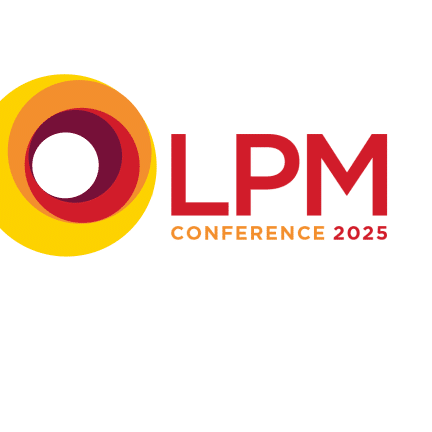
Movement for change
Earlier this year, Ashtons Legal relocated some of its staff from an office we had occupied for a number of years to purpose-designed premises.
As I reflected on our experience prior to, during and following the relocation, it appeared to me that, like most challenges in business, the office move centred on change management. As business leaders, we can sometimes forget that we are at the forefront of the change curve. Often we will have been considering (either alone, or as part of management discussions) a change for weeks, months or even years before the light of those ideas are shared with the wider business. At times, it can be frustrating to go back and answer questions you looked at some time ago, and to respond to questions that appear to question your judgement when you are working hard to do your best, or where the answer seems to you to be obvious. However, it’s important to remember that questions that now appear to have an obvious answer to you, may not be so obvious to those coming at the change for the first time.
I believe that our move has been a great success, and the staff I speak to – and the social media posts from a large number of them – reinforce this belief, but it was neither a pain-free nor an easy journey. We did, however, have a clear ‘why’ the move was needed. We had previously occupied a sprawling Georgian townhouse, with high ceilings, poor lighting, big sash windows, an inefficient heating system, limited parking and a rabbit warren of offices that did not lend themselves to effective team working. We wanted a modern, efficient and clean working environment that catered to the increasing levels of teamwork needed to deliver a quality service to clients.
Pleasing all the people as to our choice of solution was going to fall somewhere between hard and impossible. For some, they liked the old quirky surroundings. Others really wanted to be in the centre of town, not on the edge. And so on … The solution was to consult, consult and then consult some more. In the early days, having announced the decision, I found that speaking to and consulting with the staff was a big part of my workload: explaining the options we had looked at, why we had chosen the one we opted for and – just as important – why we rejected the others. I know this went some way with a number of staff, but others still felt we were making a wrong decision. Frankly, that was when the real hard work began, and the baton was picked up by the facilities and HR teams.
The HR team consulted on a one-on-one basis to discuss what the move meant to individuals (even though we were only going 2.5 miles away, to a modern office, with parking for all …) and the facilities team ensured all were engaged in deciding office layout, desk designs, chairs and so on. This gave us buy-in from even the most sceptical. Our only challenge was then to deliver on our promise of a modern, efficient, clean working environment that offered better facilities than our previous offices – easy!
We have a great atmosphere in our new offices, and a large part of that was created before we even set foot in the new premises. Engaging and consulting with staff did not stop the questions or remove all the fear, but the early mangagement has now given us a great start in our new surroundings.



